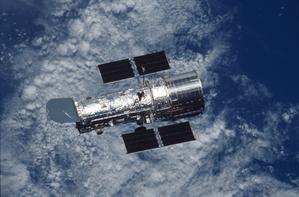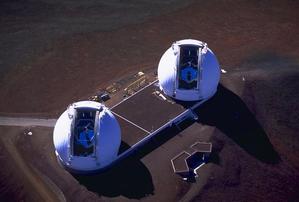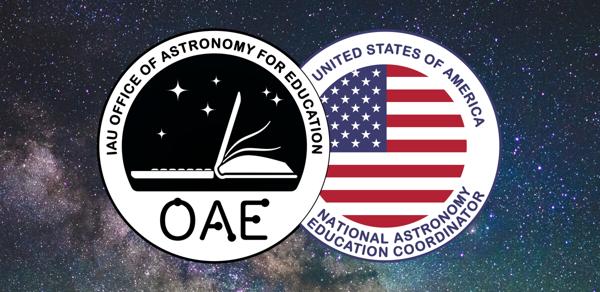Glossarbegriffe: Infrarotastronomie
Description: Die Infrarotastronomie ist ein Zweig der Astronomie, der sich mit Infrarotlicht befasst. Sie ist empfindlicher für kühle Objekte als Beobachtungen im sichtbaren Licht. Mithilfe der Infrarotastronomie können Astronomen sehr weit entfernte Galaxien beobachten, deren Licht stark rotverschoben ist. Infrarotbeobachtungen werden weniger durch Extinktion beeinträchtigt und können daher tiefer in interstellare Gas- und Staubwolken hineinsehen.
Die Moleküle in der Erdatmosphäre absorbieren einen großen Teil des Infrarotlichts aus dem Weltraum. Deshalb findet bodengebundene Infrarotastronomie meist in Wellenlängenbereichen statt, in denen diese Absorption geringer ist. Sowohl die Erde als auch ihre Atmosphäre strahlen selbst Infrarotlicht aus, sodass diese Hintergrundstrahlung mit speziellen Techniken entfernt werden muss. Diese Hintergrundstrahlung und die Absorption der Erdatmosphäre machen es fast unmöglich, Infrarotstrahlung mit längeren Wellenlängen auf der Erdoberfläche zu beobachten. Deshalb werden viele Infrarotbeobachtungen mit Weltraumteleskopen durchgeführt. Für die längsten Infrarot-Wellenlängen sind jedoch bodengestützte Beobachtungen von sehr trockenen Standorten aus möglich. Dies wird in der Regel als Submillimeterastronomie bezeichnet.
Zugehörige Glossarbegriffe:
- Elektromagnetische Strahlung
- Infrarot (IR)
- Infrarotteleskop
- Rotverschiebung
- Interstellare Extinktion
- Submillimeter-Astronomie
See this term in other languages
Term and definition status: The original definition of this term in English have been approved by a research astronomer and a teacher The translation of this term and its definition is still awaiting approval
The OAE Multilingual Glossary is a project of the IAU Office of Astronomy for Education (OAE) in collaboration with the IAU Office of Astronomy Outreach (OAO). The terms and definitions were chosen, written and reviewed by a collective effort from the OAE, the OAE Centers and Nodes, the OAE National Astronomy Education Coordinators (NAECs) and other volunteers. You can find a full list of credits here. All glossary terms and their definitions are released under a Creative Commons CC BY-4.0 license and should be credited to "IAU OAE".
Zugehörige Medien
Hubble Space Telescope over Earth
Bildnachweis: NASA/ESA credit link
License: CC-BY-4.0 Creative Commons Namensnennung 4.0 International (CC BY 4.0) icons
Keck Telescopes
Bildnachweis: NASA/JPL credit link
License: PD Public Domain icons










